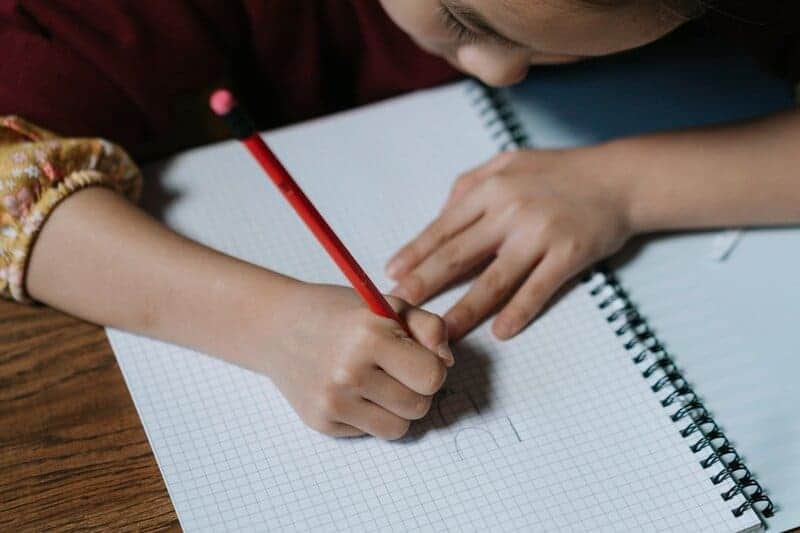Imagine an everyday activity that most children groan about, yet science now reveals it’s a secret brain booster. Recent studies show that this old-school task doesn’t just build character—it actually enhances intelligence and sharpens problem-solving skills. Despite these impressive benefits, today’s kids often see it as tedious and outdated, especially in our tech-driven world filled with instant gratification. Why do so many young people resist this activity, and what exactly makes it such a powerful tool for mental growth? Let’s dig in.









